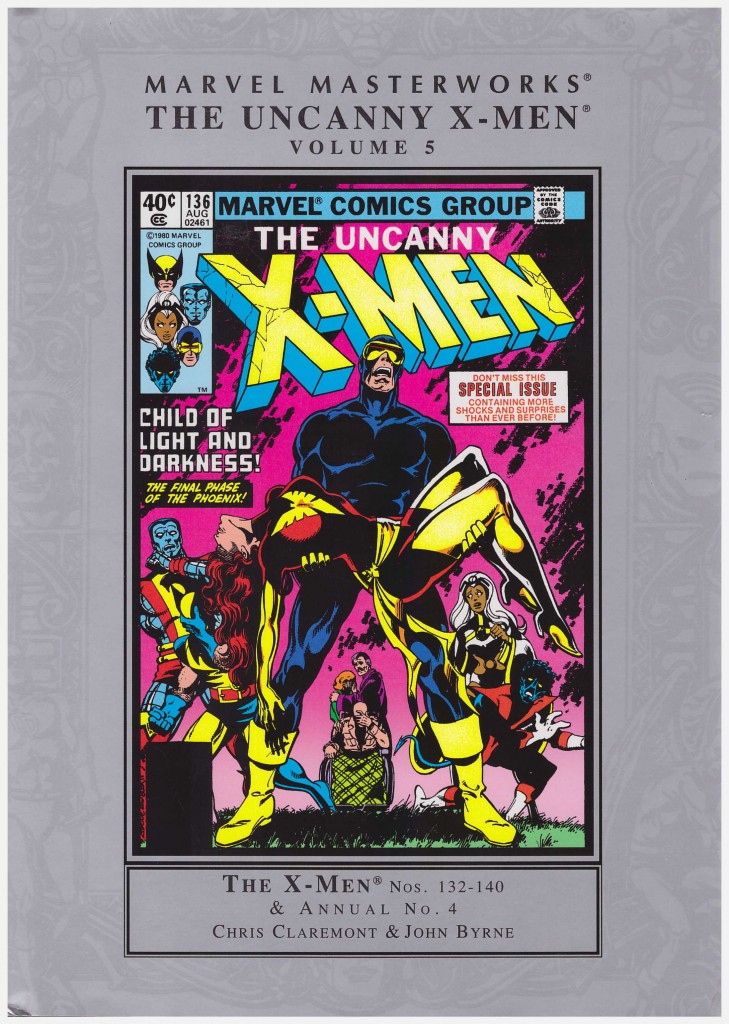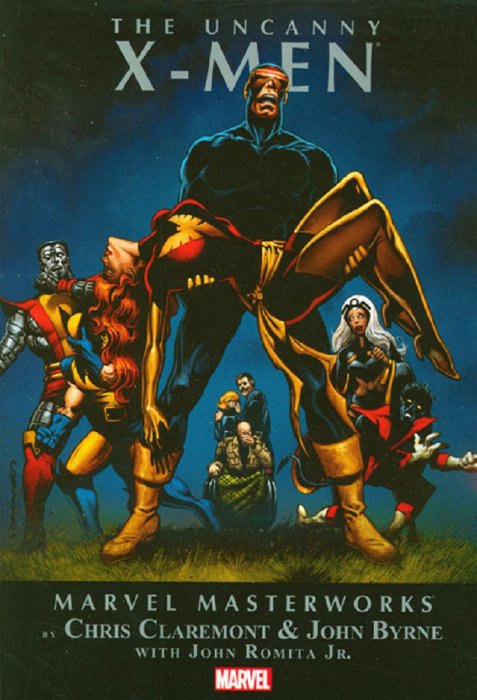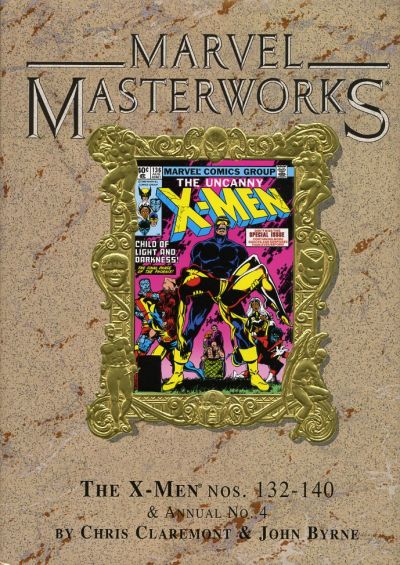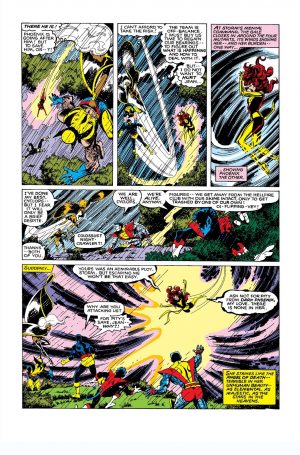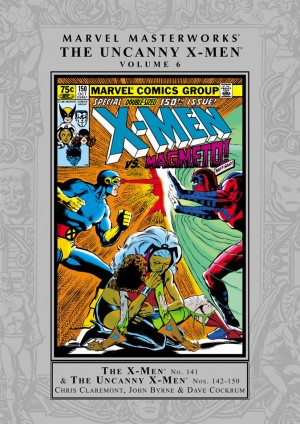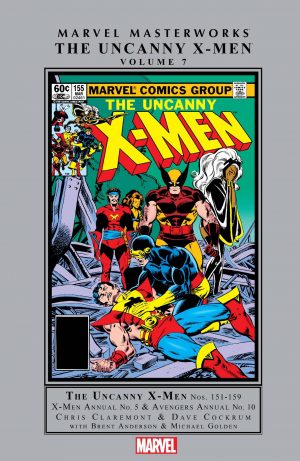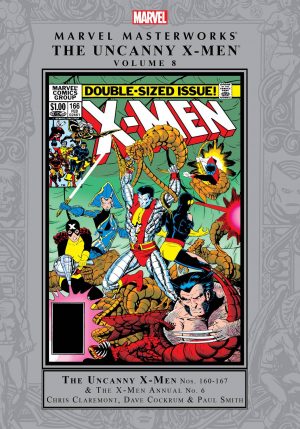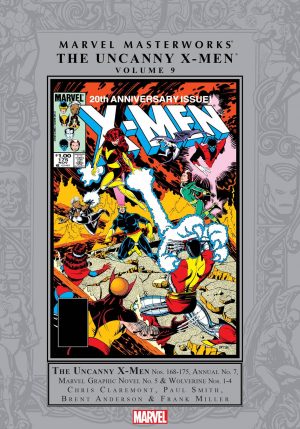Review by Frank Plowright
The material collected in this edition stands as an early 1980s landmark for Marvel, and thirty years later the Phoenix chapters still rank among the best X-Men stories ever produced.
The X-Man central to this volume is Jean Grey. In a previous story she’d avoided almost certain death when a mysterious cosmic force bonded with her. Now calling herself Phoenix, her telepathic and telekinetic abilities were inordinately magnified, but not to the point where she became aware of subtle manipulation by an old foe. Their identity is revealed early here, and their mental machinations come a cropper when they dabble a little too far, and instead release the limitations Jean had subconsciously applied to her new found power.
It results in the removal of all moral safeguards regarding the sanctity of life as Phoenix lurches out of control attacking first her team-mates, then cutting a swathe through the universe. The extent of her rampage attracts the attention of other powerful races who determine that for everyone’s safety she must die. The X-Men naturally disagree with this decision (although decades later it would be Wolverine’s preferred option for dealing with the Scarlet Witch).
Chris Claremont and John Byrne constructed a tragedy that still holds up very well today, tense, heart-tugging and dynamically drawn, yet the conclusion is not what they planned. What they first produced is reprinted as bonus material, with five different pages ending the story rather than the six that saw print. The reasons for this, resented at the time, are explained in a jocular interview section with the relevant parties, but the truth is that what saw print was far more powerful, remaining five star material.
With that concluded, the remainder of the book suffers in comparison, although apart from the X-Men traipsing through Dante’s Inferno, an idea probably best left unexplored and with a credulity-stretching revelation, it’s all very good superhero material. Even Nightcrawler’s satanic experience is interesting merely to see how John Romita Jr’s style has progressed from his more standard approach here. Byrne pencils everything else in spectacular fashion, smoothly inked by Terry Austin, with the remainder of the content being a run-through of the X-Men’s history to that point and a battle against an ages-old threat with Alpha Flight.
There are occasional elements dating the material. With captions now the familiar method for indicating internal narrative, expository thought balloons appear clumsy, and it’s a technique Claremont frequently utilises. There are also the early indications of brevity vanishing from his arsenal.
An extensive selection of bonus material also includes a black and white story, a solo appearance for Jean Grey inexplicably uncredited, although instantly recognisable as the pencils of John Buscema inked by Klaus Janson. Reproduction is exceptionally muddy for a prestige product, and the daft premise isn’t entirely redeemed by a nicely set-up conclusion. The volume closes with a few pages reproducing Byrne and Austin’s original black and white art, including a page that never saw print.
Those preferring their reprints cheaper can also find all but the bonus content within the pages of Essential X-Men volume 2.
